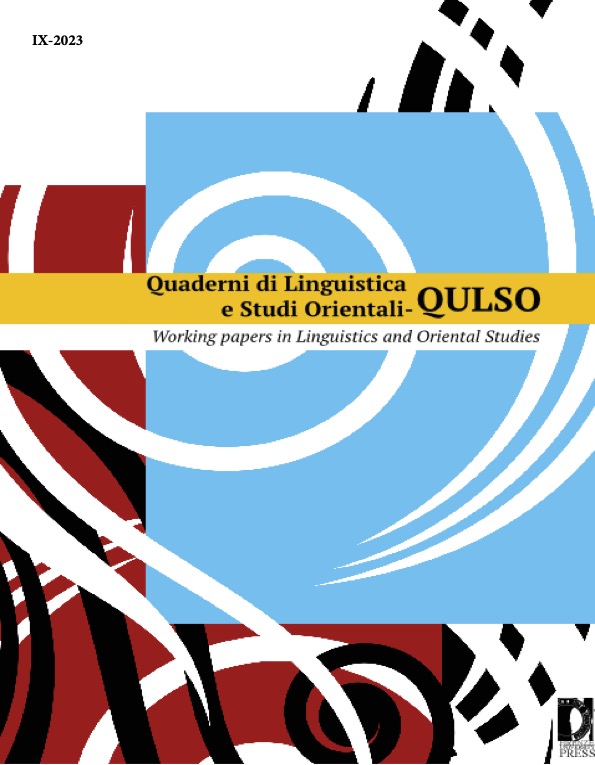Published 2023-09-30
Keywords
- FormCopy,
- Labeling,
- North Italo-Romance,
- Phase,
- Wh-Doubling
How to Cite
Copyright (c) 2023 Giuseppe Rugna, Maria Rita Manzini

This work is licensed under a Creative Commons Attribution 4.0 International License.
Abstract
This paper analyzes the syntactic derivation of so-called ‘wh-doubling’, a single-constituent question-formation strategy that features the overt occurrence of two wh-phrases (e.g. kuza fa la ku’zε (lit.) ‘what does she do what?’) in North Italo-Romance. We argue that the wh-phrases involved in the construction are best treated as being generated independently by External Merge (EM), rather than being bona fide syntactic copies constructed by Internal Merge (IM). This raises the theoretical issue why IM to scope position cannot take place in wh-doubling, despite IM being more economical than EM. We propose that the wh-element merged in argumental position undergoes partial movement to the edge of the v-phase, where it becomes ‘frozen’ upon entering into a Focus configuration. This makes the derivation of wh-doubling identical to the derivation of wh-in situ up to the v-phase as recently proposed for different wh-in situ languages. The derivation of wh-doubling then proceeds by EM of an additional wh-phrase that gives phonological content to the scope Q position in the left periphery. The single-constituent reading is obtained at Conceptual-Intentional (C-I) via the operation FormCopy (FC), which connects the independently generated wh-elements in the syntactic workspace. We moreover discuss issues pertaining to parametric variation.

